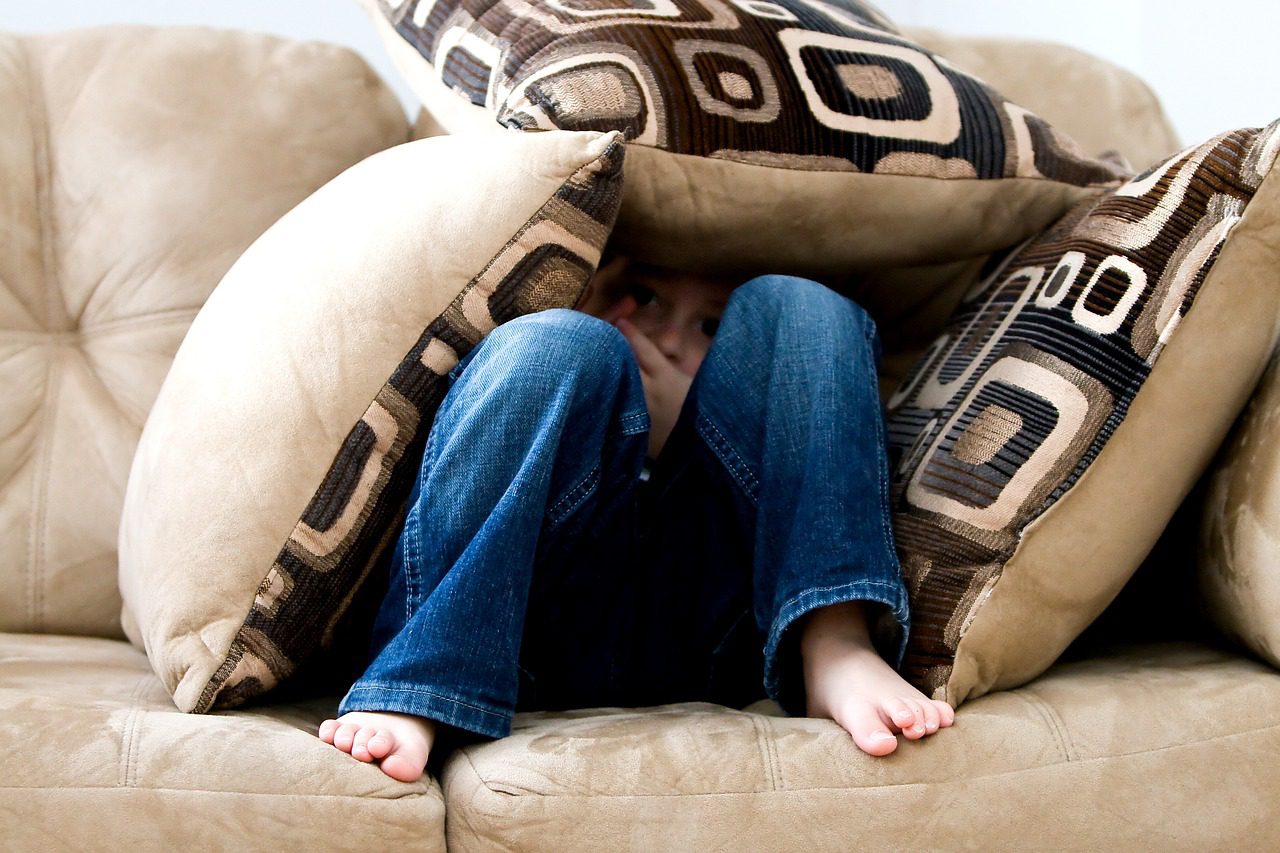Within the intricate maze of human emotions, sadness and depression frequently intertwine their borders blending, complicating the task of distinguishing one from the other. Each emotion bears a burden capable of tethering us to profound desolation, yet they diverge notably in their persistence, magnitude, and influence on our daily existence. From a clinical perspective, discerning between them holds significance. Although both can be explored in therapy, depression provides a diagnostic framework essential for treatment strategies within therapeutic contexts.
Depression, on the other hand, is an insidious intruder that overstays its welcome, casting a shadow over every aspect of life. Unlike sadness, which arises from specific events or circumstances, depression can descend without warning or apparent cause, enveloping its victims in a suffocating fog of despair. It is not merely a fleeting mood but a pervasive state of being, characterized by persistent feelings of hopelessness, worthlessness, and emptiness. Depression saps the joy from once-pleasurable activities, robs its sufferers of energy and motivation, and distorts their perceptions of themselves and the world around them.*
While sadness may linger for days, weeks, or even months, depression endures for much longer, often persisting for years if left untreated. It is a complex interplay of genetic, biological, environmental, and psychological factors, and its origins are as varied as the individuals it afflicts. Depression can strike anyone regardless of age, gender, or social status, and its effects ripple outward, impacting not only the individual but also their relationships, work, and overall quality of life.
Distinguishing between sadness and depression is crucial for effective treatment and support. While sadness may benefit from self-care strategies such as talking to a friend, engaging in hobbies, or seeking professional counseling, depression often requires a more comprehensive approach, including therapy, medication, lifestyle changes, and social support networks. Ignoring or trivializing the symptoms of depression can have devastating consequences, leading to worsening mental health, increased risk of suicide, and impaired functioning in all areas of life.
If you or someone you know is struggling with persistent feelings of sadness, hopelessness, or despair, it is essential to seek help and support. You are not alone, and there is hope for healing and recovery. By understanding the differences between sadness and depression and taking proactive steps to address them, we can navigate the abyss of our emotions with courage, compassion, and resilience.
More on Depression
* The Diagnostic and Statistical Manual of Mental Disorders, Fifth Edition (DSM-5), outlines specific criteria for diagnosing depression, also known as major depressive disorder (MDD). Here are the clinical symptoms of depression according to the DSM-5:
To receive a diagnosis of major depressive disorder (MDD), an individual must experience five or more of the following symptoms during the same two-week period, and at least one of the symptoms should be either (1) depressed mood or (2) loss of interest or pleasure:
Depressed mood most of the day, nearly every day, as indicated by self-reported feelings of sadness, emptiness, or hopelessness, or observed by others.
Markedly diminished interest or pleasure in all, or almost all, activities most of the day, nearly every day.
Significant weight loss when not dieting, weight gain, or decrease or increase in appetite nearly every day.
Insomnia or hypersomnia nearly every day.
Psychomotor agitation or retardation nearly every day (observable by others, not merely subjective feelings of restlessness or being slowed down).
Fatigue or loss of energy nearly every day.
Feelings of worthlessness or excessive or inappropriate guilt (which may be delusional) nearly every day (not merely self-reproach or guilt about being sick).
Diminished ability to think or concentrate, or indecisiveness, nearly every day (either by subjective account or as observed by others).
Recurrent thoughts of death (not just fear of dying), recurrent suicidal ideation without a specific plan, or a suicide attempt or a specific plan for committing suicide.
It’s important to note that these symptoms should cause significant distress or impairment in social, occupational, or other important areas of functioning. Additionally, they should not be due to the effects of a substance or another medical condition.
A diagnosis of MDD also requires that the symptoms are not better explained by another psychiatric disorder, such as bipolar disorder, schizophrenia, or a related psychotic disorder, and they are not attributable to the physiological effects of a substance or another medical condition.

